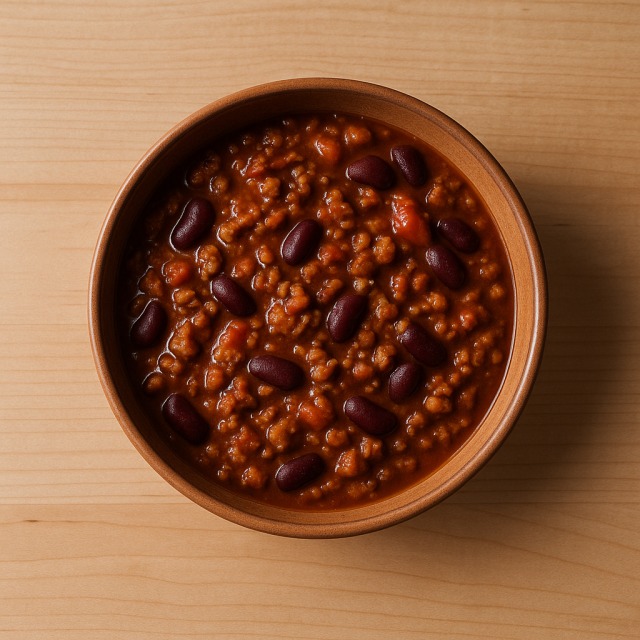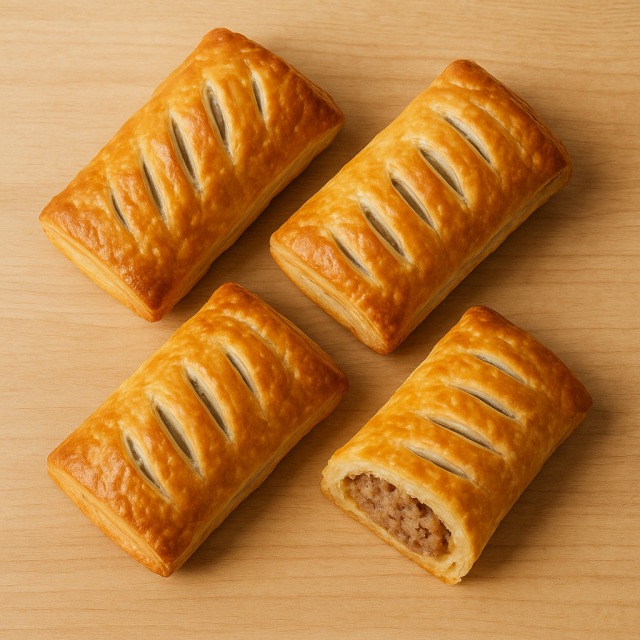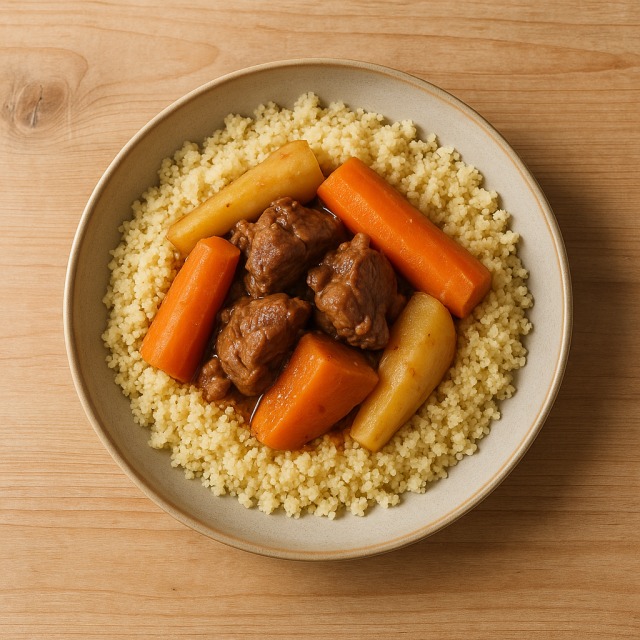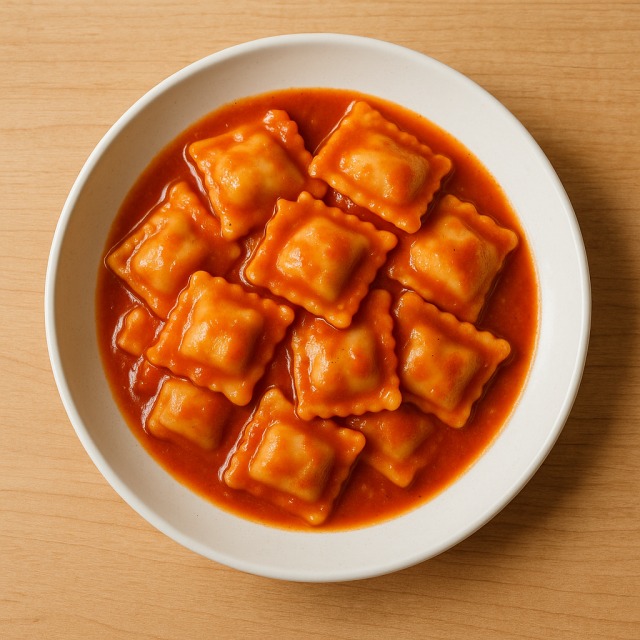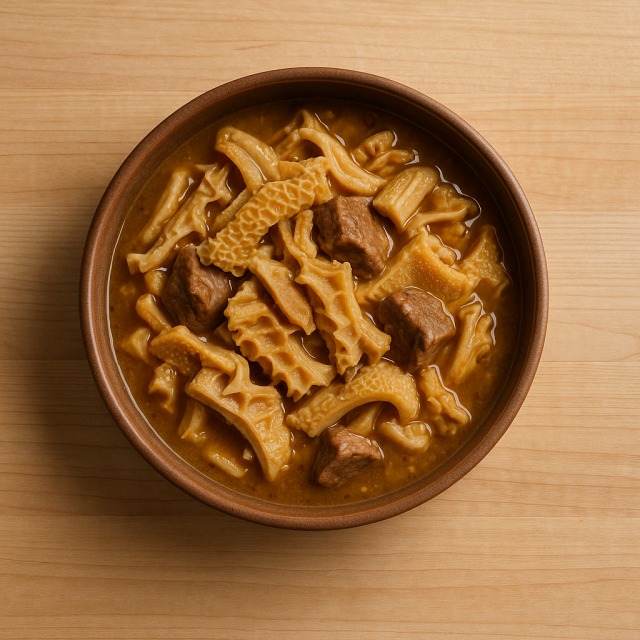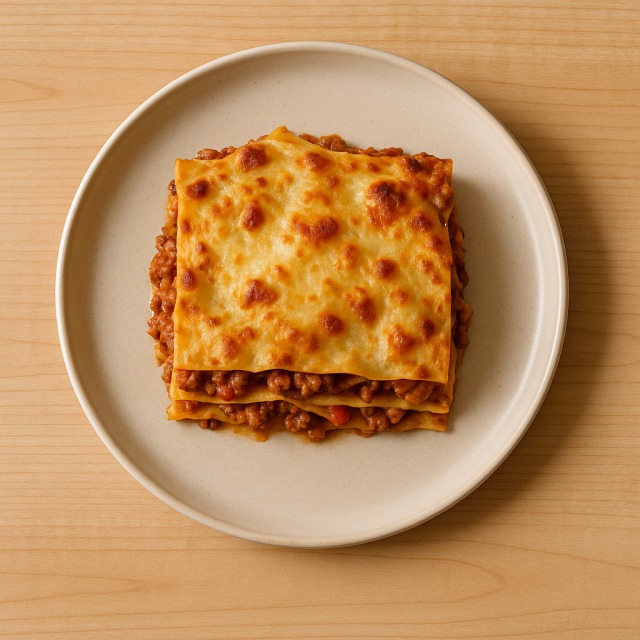Calorie Chart / Recipes / Fried spring rolls
How Many Calories Are in Fried spring rolls?
Calculation of the nutritional value & Recommended Dietary Intake of fried spring rolls
For g and a calorie requirement of kcal
| Calories 135 kcal | Proteins 5 g | Lipids 3.8 g | Carbohydrates 20 g |
| 7% | 7% | 6% | 7% |
Health benefits of fried spring rolls
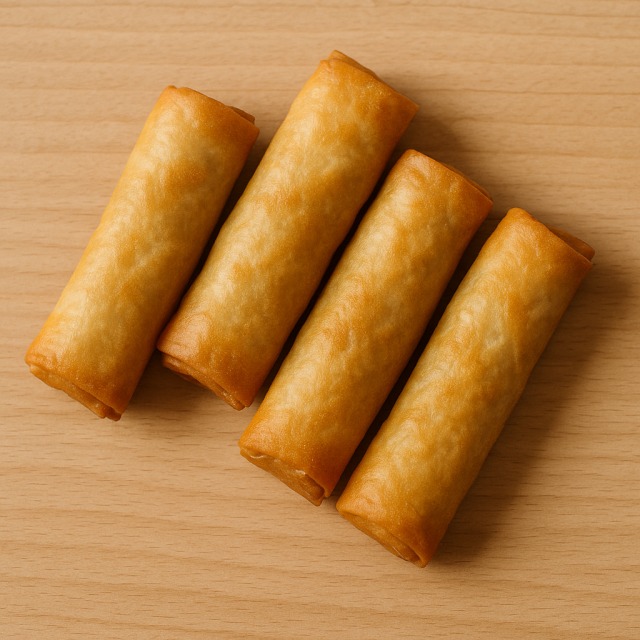
Fried spring rolls - 100g
Calories 180 kcal
Proteins 6.6 g
Lipids 5 g
Carbohydrates 27 g
Fried spring rolls are considered a moderate-calorie snack or starter, providing about 180 calories per 100 g. Even if fried, their calories remain lower than many other deep-fried street foods, giving an interesting balance between crunch and reasonable energy intake. Thanks to the rice paper wrapper, they supply complex carbohydrates that are digested slowly, helping to stabilise blood sugar and therefore limit sudden hunger despite the calories.
The traditional filling mixes lean pork or shrimp, shredded carrot, and Chinese cabbage. This combination delivers vitamin A (beta-carotene), vitamin K, B-group vitamins (notably niacin and B6), as well as minerals such as iron and selenium. The 6.6 g of protein per 100 g supports muscle maintenance, useful for athletes counting their calories. The presence of a little vegetable oil supplies unsaturated fats that enhance the absorption of the fat-soluble vitamins contained in the vegetables. Finally, the crunchy texture promotes mastication, which is supposed to boost satiety and can help reduce overall calorie intake during the meal.
Because they are fried, spring rolls are not a low-calorie food, but they are far from the highest-calorie appetisers; they sit in a moderate calorie range, making them acceptable in a balanced diet when portion size is controlled. Their Asian origin dates back to Imperial-era China, where they were eaten at the Spring Festival—hence the name—long before calories were ever counted.
Tips for incorporating fried spring rolls into a balanced diet
If you keep an eye on calories, limit yourself to two fried spring rolls (≈70 g each) and pair them with plenty of raw vegetables or a light soup. A clear miso broth, a bowl of steamed rice, and a salad of cucumber with soy sauce vinaigrette turns the dish into a satisfying yet calorie-controlled meal. The fibre and water from the side dishes increase fullness without piling on extra calories.
For a balanced main course, slice the rolls over a large bowl of quinoa tabbouleh, add fresh herbs, and reduce the overall calories by counting the roll as your carbohydrate portion. Athletes can combine two rolls with a grilled chicken breast to raise protein while keeping calories in check. Vegetarians may prepare a homemade version filled with tofu and mushrooms, then oven-bake instead of frying to cut calories by almost 30%.
Recipe ideas to diversify flavours without exploding calories: (1) fried spring rolls drizzled with a light sweet-chilli sauce next to a stir-fry of broccoli; (2) a Buddha bowl mixing diced rolls, edamame, and shredded red cabbage; (3) an express lunch box where one roll replaces croutons over a bowl of vegetable soup. In every case, watch the dipping sauces: creamy mayonnaise-based dips can double the calories of the plate.
Frequently Asked Questions
- How many calories are in fried spring rolls?
- There are 180 kcal per 100 g.
- Are fried spring rolls high in calories compared with sushi?
- Yes, fried spring rolls contain roughly twice the calories of most sushi rolls because of the frying oil, but they remain lower in calories than dishes like nuggets or pizza.
- What is the best portion size to control calories?
- For weight management, limit yourself to 1–2 rolls (about 150–200 kcal) and add plenty of vegetables to keep total meal calories moderate.
- Can I reduce calories by oven-baking the rolls?
- Absolutely. Brushing the rolls with a little oil and baking them instead of deep-frying can cut their calories by up to 30%, depending on the recipe.
- Do fried spring rolls provide useful protein?
- Yes, a serving offers about 6.6 g of protein per 100 g, which can contribute to daily needs when paired with additional protein sources like tofu or salmon.
- Are the calories mostly from fat?
- No. Despite being fried, the majority of calories come from carbohydrates in the rice paper and vegetable filling; fats represent roughly a quarter of total calories.
Similar foods
Information provided by Calorie Menu may contain inaccuracies or errors. It cannot, under any circumstances, substitute medical advice or medication.
